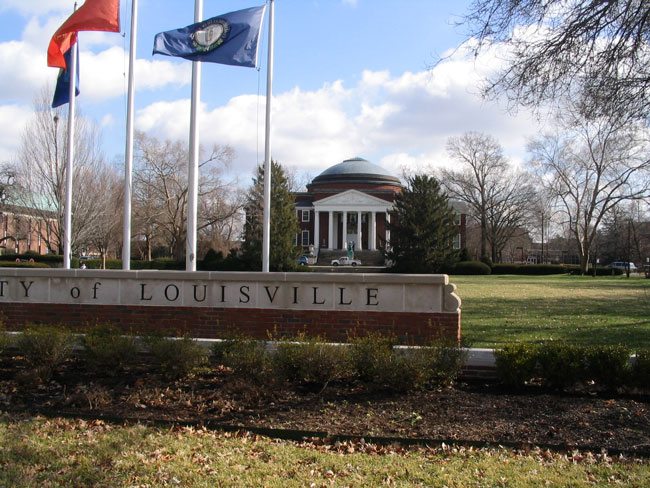
Malfeasance in a foundation can, after it is discovered, create a knot that takes a great deal of time to unwind. It is often recommended or even required by regulators and funders that the organization be scrubbed, and the leadership and staff who are involved and perhaps even governing board members should be let go to start fresh.
As reported previously by NPQ, the University of Louisville Foundation was eating away at its endowment as it continued to spend more than they brought in. As NPQ reported, “It is a mystery why the financial officer was the last to be let go when the financial woes of the organization were so pronounced. Any year with expenses over income is an anomaly that a nonprofit should address. Seven years of fiscal imbalance is irresponsibility equally shared by staff and board.”
To recap, in December 2016 the Kentucky auditor noted a lack of basic records for the financial performance of the foundation and had doubts that the chief financial officer had “sufficient information to properly manage the financial operations of an organization of this size.”
A subsequent forensic investigation that issued its report this past June, commissioned by the university, uncovered at least $42 million in unapproved and excessive spending for 2014 through 2016, which also included internal loans, based on inflated endowment values, that may not be repaid.
The fiscal mystery deepens; R. Jason Tomlinson, the foundation’s former chief financial officer since 2015, has now filed a lawsuit. His complaint is based on his charge that he was falsely cast as the “fall guy” in a “political controversy” and subsequently fired in July. Tomlinson was a staff member for university president James Ramsey, who resigned in 2016.
Tomlinson had a contract through 2021 and was paid $260,000 annually since December 2015.
Tomlinson received a termination letter after the foundation board voted to fire him on July 18th. There was no reason given in the letter and no public discussion. Diane Medley, the foundation board chairwoman, when interviewed in July, gave no specific statement on Tomlinson, but spoke to the board’s response to the reports of mismanagement. They wanted to “change the culture and the processes that have gone on here” she said, as the board focused on a “new start.”
Sign up for our free newsletters
Subscribe to NPQ's newsletters to have our top stories delivered directly to your inbox.
By signing up, you agree to our privacy policy and terms of use, and to receive messages from NPQ and our partners.
“(O)f course, no reason could have been given because none existed,” according to the lawsuit, filed Thursday in Jefferson Circuit Court.
Don Cox, Tomlinson’s attorney, called the forensic examiners in the lawsuit “paid character assassins whose job was to blacken the image of certain employees at the University of Louisville so as to protect the hand-picked successors” to the university and foundation boards.
Since the termination letter gave no cause, and there was no documented evidence of misconduct presented, a state hearing awarded Tomlinson unemployment benefits last month.
“It is only speculation that (Tomlinson’s firing) resulted from the problems with the reports (on the foundation) or any failure on the part of (Tomlinson) to perform his duties,” the state unemployment appeal officer wrote in the decision.
A question on that unemployment determination may arise if it is later determined that he was indeed fired for cause.
WRDB said that “in an emailed statement on Friday, foundation interim executive director Keith Sherman said the foundation ‘stands by’ its firing of Tomlinson and will not discuss the matter further.”
This is not, of course, the first time that a staff member at a mismanaged nonprofit has sued the nonprofit for their firing, claiming that they were made a fall guy. And it won’t be the last. Thus, it is always best to understand that you must always own your own ethical standards and that includes your choice of employment.—Marian Conway













